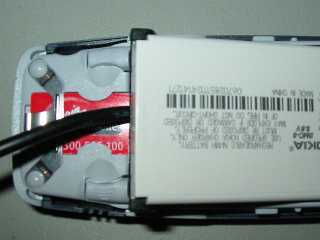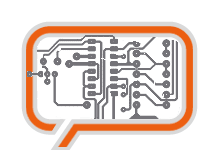A weblog focused on interesting circuits, ideas, schematics and other information about microelectronics and microcontrollers.
E-books
Disclaimer
Because I have not tested all electronic circuits mentioned on this pages, I cannot attest to their accuracy; therefore, I do not provide a warranty of any kind and cannot be held responsible in any manner.
Nokia F-Bus
Most Nokia phones have F-Bus and M-Bus connections that can be used to connect a phone to a PC or a microcontroller. The connection can be used for controlling just about all functions of the phone, as well as uploading new firmware etc. This bus will allow us to send and receive SMS messages.

M-Bus is a one pin bi-directional bus for both transmitting and receiving data from the phone. It is slow (9600bps) and only half-duplex. Only two pins on the phone are used. One ground and one data. M-Bus runs at 9600bps, 8 data bits, odd parity, one stop bit. The data terminal ready (DTR) pin must be cleared with the request to send (RTS). This powers the electronics in the cable and I think it sets it for M-Bus operation.
F-Bus is the later high-speed full-duplex bus. It uses one pin for transmitting data and one pin for receiving data plus the ground pin. Very much like a standard serial port. It is fast 115,200bps, 8 data bits, no parity, one stop bit. For F-Bus the data terminal ready (DTR) pin must be set and the request to send (RTS) pin cleared.
